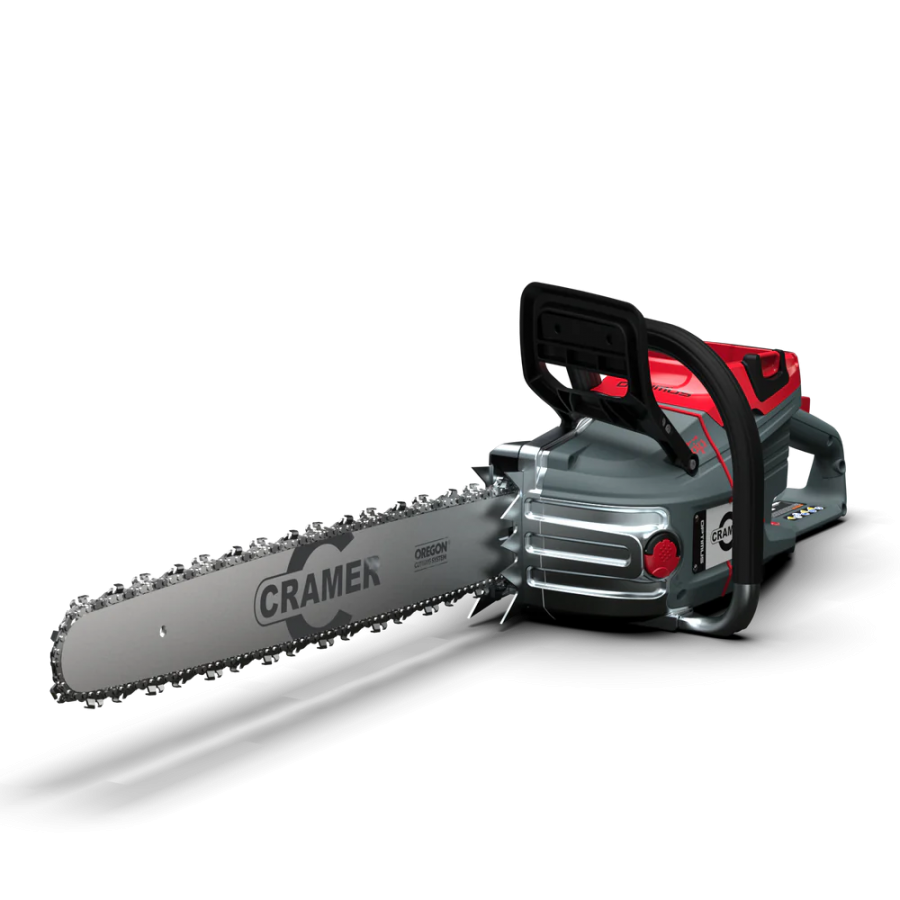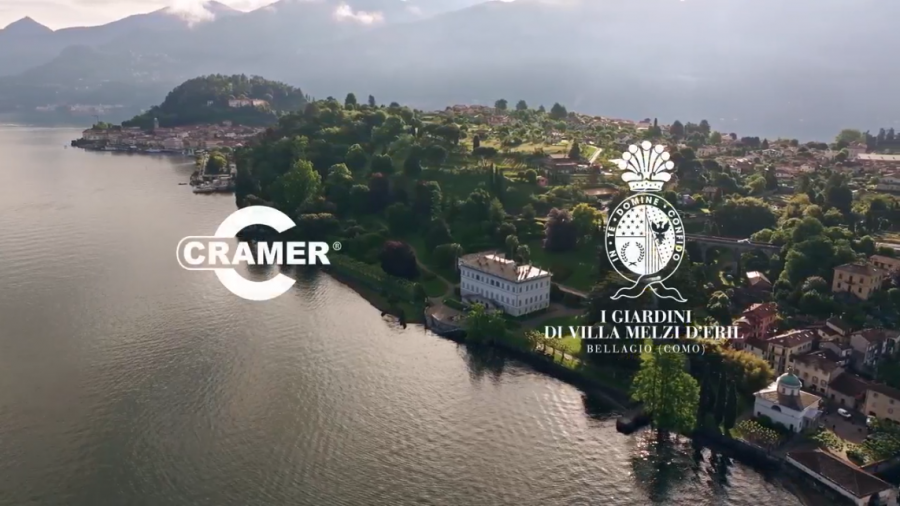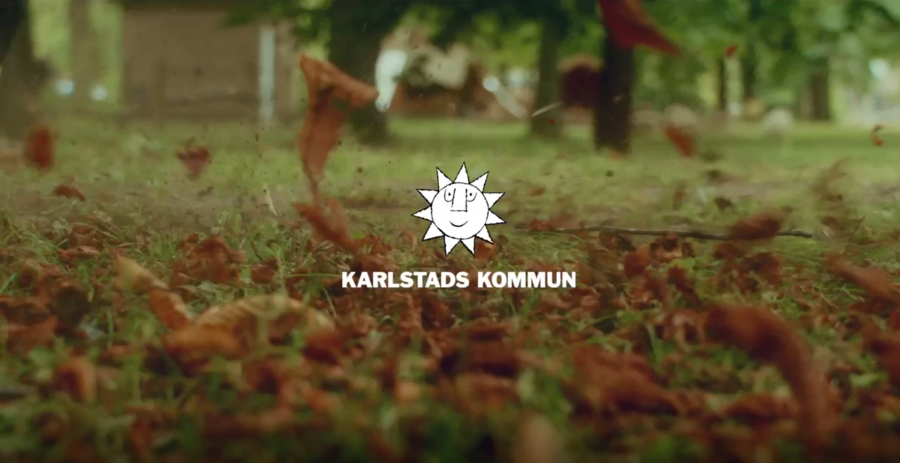Lancelot ‘Capability’ Brown changed the face of eighteenth century England, designing country estates and mansions, moving hills and making flowing lakes and serpentine rivers, a magical world of green

Lancelot Brown was baptised on 30 Aug 1716 at Kirkharle, Northumberland, the fifth of the six children of William Brown, a yeoman farmer and Ursula, née Hall, who had worked in the big house on the Kirkharle estate . He went to the village school at Cambo, and then began work as a gardener at Kirkharle, leaving in 1739.
In 1741 he reached Stowe, Buckinghamshire where he rapidly assumed responsibility for the execution of both architectural and landscaping works in the famous garden. It was at Stowe in 1744 that Brown married Bridget Wayet, with whom he eventually had nine children.
While at Stowe, Brown also began working as an independent designer and contractor and in autumn 1751, he was able to move with his family to the Mall, Hammersmith, the market garden area of London.
His style
Brown’s style derived from the two practical principles of comfort and elegance. On the one hand, there was a determination that everything should work, and that a landscape should provide for every need of the great house. On the other, his landscapes had to cohere and look elegant.
While his designs have great variety, they also appear seamless owing to his use of the sunk fence or ‘ha-ha’ to confuse the eye into believing that different pieces of parkland, though managed and stocked quite differently, were one. His expansive lakes, at different levels and apparently unconnected, formed a single body of water as if a river through the landscape, that like the parkland itself, ran on indefinitely.
This effortless coherence is taken for granted today in a way that was predicted in his obituary: ‘where he is the happiest man he will be least remembered, so closely did he copy nature his works will be mistaken’. His nickname of ‘Capability’ is though to have come from his describing landscapes as having “great capabilities”.
His business
 © National Trust Images/Rupert
© National Trust Images/Rupert
Truman/Ickworth House, Suffolk
Brown offered a number of different services to his clients: for a round number of guineas, he could provide a survey and plans for buildings and landscape, and leave his client to execute his proposal; more frequently he provided a foreman to oversee the work, which would be carried out by labour recruited from the estate. Even in 1753, when he opened his account with Drummond's Bank, Brown was employing four foremen and by the end of the decade he had over twenty foremen on his books. Finally, he could oversee and refine the work himself, usually by means of visits for a certain number of days each year.
He also practiced architecture, and during the 1750s contributed to several country houses, including Burghley House, Northants. However his architecture played second fiddle to his ‘place-making’.
In 1764 he was appointed to the gardens of Hampton Court, Richmond and St James and he then moved to Wilderness House, Hampton Court.
Brown had suffered from asthma all his life, and his habit of the constant travel, together with his practice of not always charging for work (he would sometimes allow his client to determine the value of what he had done and seems frequently to have submitted plans and surveys without a bill), did affect both his health and finances. He continued to work and travel until his sudden collapse and death on 6th February 1783. He died at his daughter Bridget Holland's house in London, but was buried at Fenstanton, in Cambridgeshire, the only place he is known to have owned property and where he became Lord of the Manor.
An evaluation of his work
‘Capability’ Brown is best remembered for landscape on an immense scale, constructing not only gardens and parkland, but planting woods and building farms linked by carriage drives, or `ridings', many miles from the main house. Although his work is continually reassessed, every landscape gardener and landscape architect since, both in Britain and across the developed world, has been influenced in one way or another by Brown. Over two centuries have passed since his death, but such are the enduring qualities of his work that over 150 of the 260 or so landscapes with which he is associated remain worth seeing today. The images that Brown created are as deeply embedded in the English character as the paintings of Turner and the poetry of Wordsworth.







